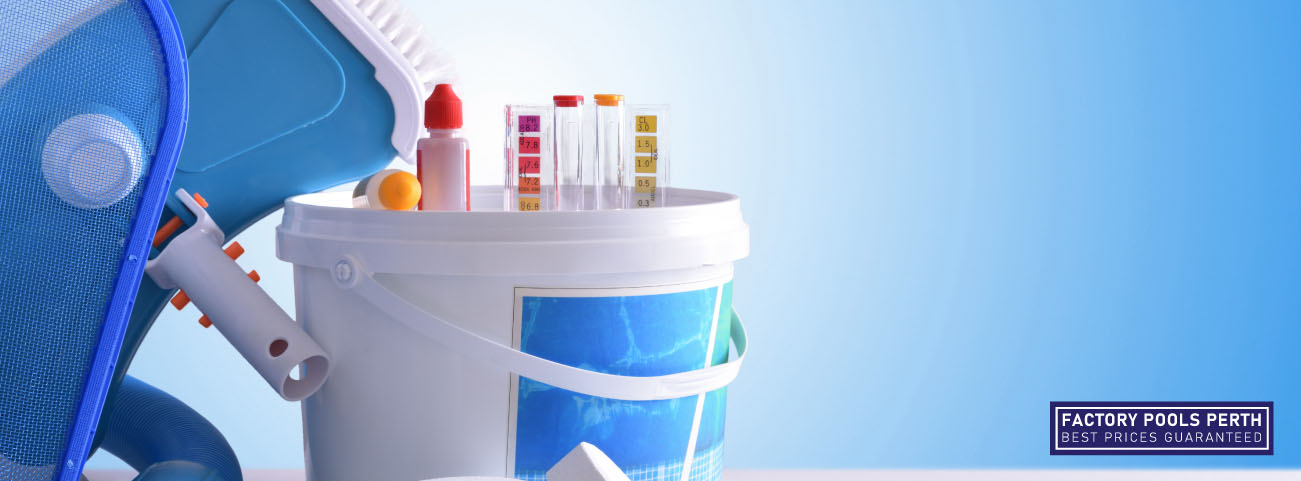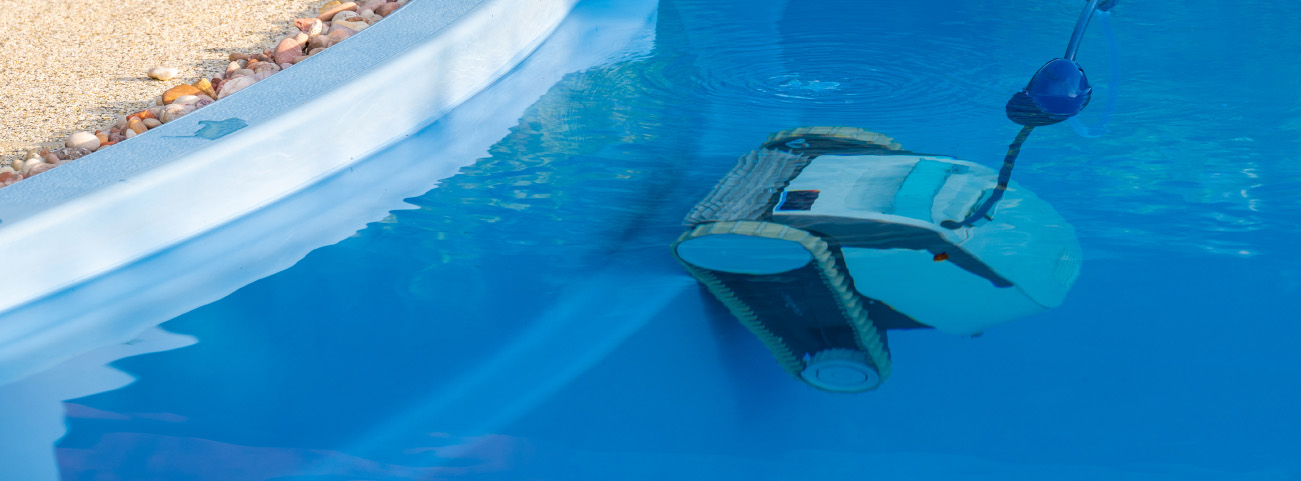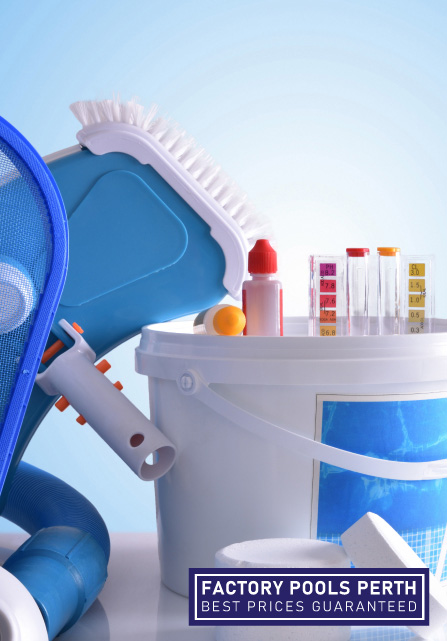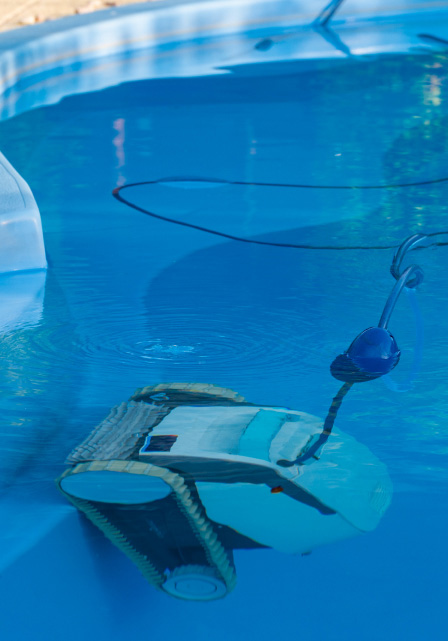Simple Ways To Improve Circulation In My Swimming Pool
Did you know that your pool water should circulate for at least 10-12 hours a day? Do you know how to achieve this recommendation? There is a lot of water in your swimming pool, and stagnation can easily occur if your system is not properly circulating the water. We will show you how to avoid bacteria and algae growth in stagnant water, to help you improve the circulation in your swimming pool, and be free of debris, so you can enjoy a crystal-clear swimming pool!

Why Is Circulation In My Swimming Pool Important?
Think about circulation in your body – the flow of your blood through your veins, and the health issues which can be caused in your body, due to poor circulation. From slight pins and needles in your hand or cold feet and even numbness to the potential series of issues with the heart. Comparing the pool water circulation to blood in a human body is pretty funny – but the serious part of pool circulation is that bacteria will grow, and diseases can be spread if the pool has poor water circulation. I’m sure you would have seen muddy puddles and algae-covered dams where there is no water circulation. The water becomes murky and brown, and is not an environment that anyone would like to go swimming in! Also, your pool water can be affected by chemical imbalances if there is improper water distribution, which means you will be forever trying to balance the chemicals! Spending unnecessary time and money on a project that is either continuously fluctuating or never rectifying. When your pool has healthy water circulation, it can fix these issues! With healthy circulation, the water is pushed through the filter and cleared of debris, bugs, and dirt, and it can even remove oils left by your skin and cosmetics. So how do you keep your pool water circulating, clean and enjoyable for years to come?
Good Water Circulation Starts With Your Pump!
Firstly, make sure your pool has the correct size pump for the volume of water – this is so important. How the pump circulates the water by connecting to a hose that runs to your pool’s skimmer. From there, the suction from the pump will pull the water through the skimmer. Then the water will be pulled into your filter system. The filter is the part where the debris and microscopic particles are stripped out and will prevent your pool water from turning murky. A second hose connects to your pump’s exit and takes the clean water back into your swimming pool. Once the water is back in your pool, it will mix around the chemicals and spread evenly through the pool. Imagine if you didn’t have a pool circulation system! You would have to drain and refill your pool weekly! (Think back to those blow-up kiddie pools, and how quickly the water would go cloudy in them!)

What Circulation System Do I Need?
There are various systems and technologies to be aware of. Old-school circulation systems are based on an ‘eyeball and skimmer system’, where the top level of the water is generally kept clean by the water being sucked into the filter, and then pushed back out via pool jets about 30-60cm below the surface. This means a lot of the lower part of the pool will not be cycled through. Luckily, technology has advanced, and there are other options to regulate the water thoroughly, like using an in-floor cleaning system. This system uses a series of nozzles embedded in the pool’s floor. These nozzles push the water up to the surface and will lay flat when they are not being used, so they are out of the way. There’s another option that uses the skimmer and has two wall drains. Once the water has been cleaned through the filter, it is returned into the pool via the swing jets where it is evenly distributed. Contact us for more information about which system would be best for you and your budget.
Avoiding Poor Water Circulation In My Pool:
● Keeping the pressure strong in your pump and your filter system functioning correctly is achieved by regular maintenance. Set up a proper cleaning routine for your system – no matter how old or new it is! A weekly clean of your pool pump filter is where to start – but if you notice the pressure dropping, you may need to check it more regularly, as there
could be a blockage somewhere.
● Make sure you are maintaining your pool’s recommended water levels. If the water levels don’t reach halfway up the skimmers, it can reduce the amount of water your system can filter. Alternatively, if there is too much water, your system can be overwhelmed and slow the circulation of the water. If the water level is incorrect, it will also make it challenging to balance the chemicals too!
● Spray out the pool cartridge filter – if your pool has one! Getting rid of a lot of the trapped debris or particles will make it easier for the water to flow through. Also check the manufacturer’s instructions, as you should replace your filters every two to four weeks.
● Backwash your filter system. This makes the water go through the system in the opposite direction than it would during normal operation. It can help dislodge any stuck-in debris or clogs, and the backwashed water is directed to the drainage port.

Conclusion
As with all advice, make sure you always refer to your pool’s specific manufacturing directions when it comes to keeping your pool in tip-top condition! Keeping the water circulation healthy will allow for a clear and clean swimming pool! This will encourage maximised use of your backyard’s swimming pool for your family and friends to enjoy!
Simple Ways To Improve Circulation In My Swimming Pool
Did you know that your pool water should circulate for at least 10-12 hours a day? Do you know how to achieve this recommendation? There is a lot of water in your swimming pool, and stagnation can easily occur if your system is not properly circulating the water. We will show you how to avoid bacteria and algae growth in stagnant water, to help you improve the circulation in your swimming pool, and be free of debris, so you can enjoy a crystal-clear swimming pool!

Why Is Circulation In My Swimming Pool Important?
Think about circulation in your body – the flow of your blood through your veins, and the health issues which can be caused in your body, due to poor circulation. From slight pins and needles in your hand or cold feet and even numbness to the potential series of issues with the heart. Comparing the pool water circulation to blood in a human body is pretty funny – but the serious part of pool circulation is that bacteria will grow, and diseases can be spread if the pool has poor water circulation. I’m sure you would have seen muddy puddles and algae-covered dams where there is no water circulation. The water becomes murky and brown, and is not an environment that anyone would like to go swimming in! Also, your pool water can be affected by chemical imbalances if there is improper water distribution, which means you will be forever trying to balance the chemicals! Spending unnecessary time and money on a project that is either continuously fluctuating or never rectifying. When your pool has healthy water circulation, it can fix these issues! With healthy circulation, the water is pushed through the filter and cleared of debris, bugs, and dirt, and it can even remove oils left by your skin and cosmetics. So how do you keep your pool water circulating, clean and enjoyable for years to come?
Good Water Circulation Starts With Your Pump!
Firstly, make sure your pool has the correct size pump for the volume of water – this is so important. How the pump circulates the water by connecting to a hose that runs to your pool’s skimmer. From there, the suction from the pump will pull the water through the skimmer. Then the water will be pulled into your filter system. The filter is the part where the debris and microscopic particles are stripped out and will prevent your pool water from turning murky. A second hose connects to your pump’s exit and takes the clean water back into your swimming pool. Once the water is back in your pool, it will mix around the chemicals and spread evenly through the pool. Imagine if you didn’t have a pool circulation system! You would have to drain and refill your pool weekly! (Think back to those blow-up kiddie pools, and how quickly the water would go cloudy in them!)

What Circulation System Do I Need?
There are various systems and technologies to be aware of. Old-school circulation systems are based on an ‘eyeball and skimmer system’, where the top level of the water is generally kept clean by the water being sucked into the filter, and then pushed back out via pool jets about 30-60cm below the surface. This means a lot of the lower part of the pool will not be cycled through. Luckily, technology has advanced, and there are other options to regulate the water thoroughly, like using an in-floor cleaning system. This system uses a series of nozzles embedded in the pool’s floor. These nozzles push the water up to the surface and will lay flat when they are not being used, so they are out of the way. There’s another option that uses the skimmer and has two wall drains. Once the water has been cleaned through the filter, it is returned into the pool via the swing jets where it is evenly distributed. Contact us for more information about which system would be best for you and your budget.
Avoiding Poor Water Circulation In My Pool:
● Keeping the pressure strong in your pump and your filter system functioning correctly is achieved by regular maintenance. Set up a proper cleaning routine for your system – no matter how old or new it is! A weekly clean of your pool pump filter is where to start – but if you notice the pressure dropping, you may need to check it more regularly, as there
could be a blockage somewhere.
● Make sure you are maintaining your pool’s recommended water levels. If the water levels don’t reach halfway up the skimmers, it can reduce the amount of water your system can filter. Alternatively, if there is too much water, your system can be overwhelmed and slow the circulation of the water. If the water level is incorrect, it will also make it challenging to balance the chemicals too!
● Spray out the pool cartridge filter – if your pool has one! Getting rid of a lot of the trapped debris or particles will make it easier for the water to flow through. Also check the manufacturer’s instructions, as you should replace your filters every two to four weeks.
● Backwash your filter system. This makes the water go through the system in the opposite direction than it would during normal operation. It can help dislodge any stuck-in debris or clogs, and the backwashed water is directed to the drainage port.

Conclusion
As with all advice, make sure you always refer to your pool’s specific manufacturing directions when it comes to keeping your pool in tip-top condition! Keeping the water circulation healthy will allow for a clear and clean swimming pool! This will encourage maximised use of your backyard’s swimming pool for your family and friends to enjoy!


